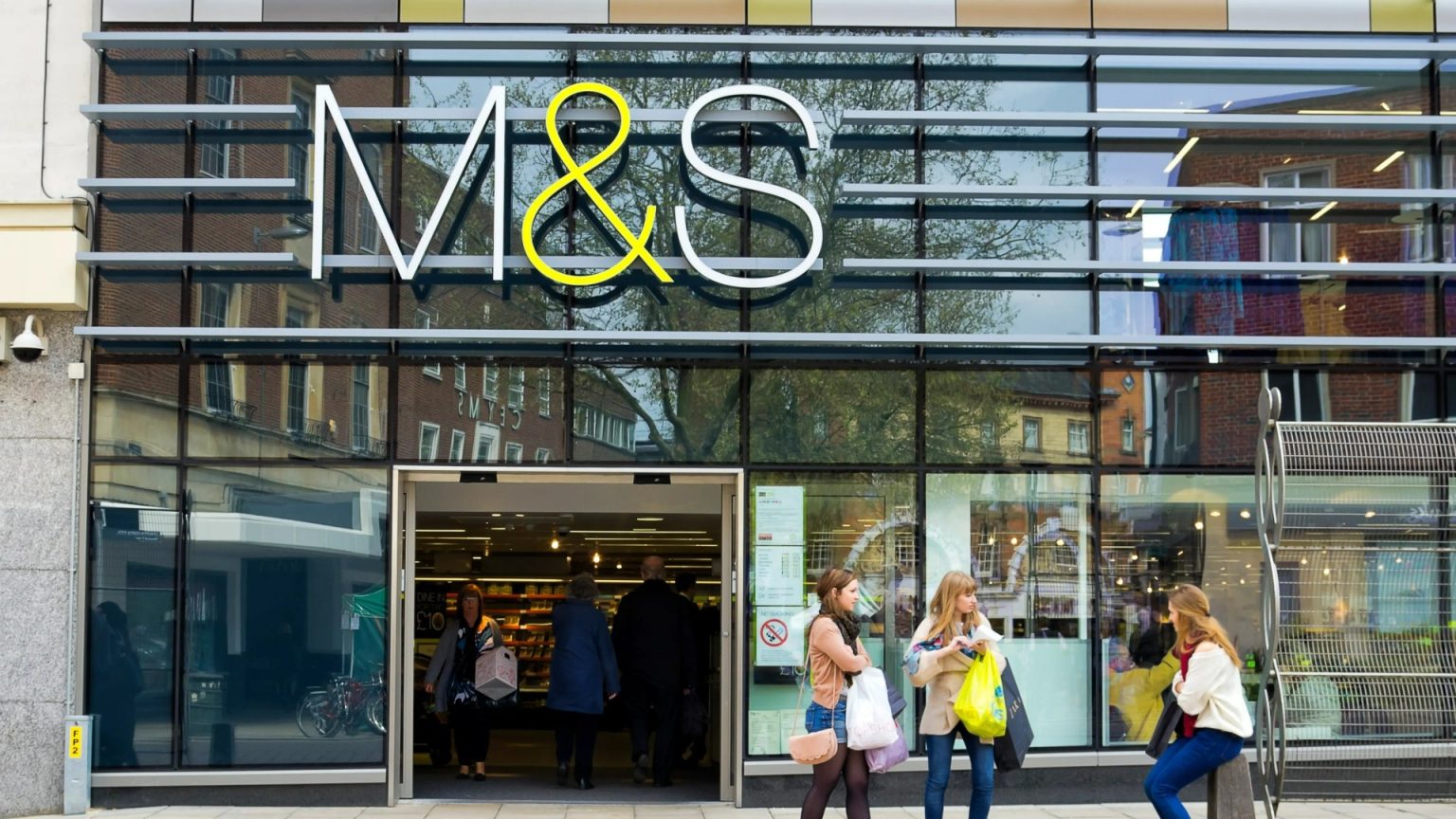Marks & Spencer (M&S) is pioneering a new era of retail technology with the trial of “smart checkouts” designed to revolutionize the shopping experience. These innovative checkouts eliminate the need for traditional scanning, allowing customers to simply place their items on the till and receive an instant bill. The technology utilizes embedded chips in price tags, which are automatically recognized by the system. This trial is currently underway in the clothing and home departments of M&S’s Woking branch in Surrey. If successful, this system could be implemented across other M&S locations, signaling a potential shift in how customers interact with retail checkouts. Early data suggests a significant 40% reduction in transaction times compared to standard self-checkout tills, promising a quicker and more efficient shopping experience. This technology is not entirely new, with retailers like Uniqlo already utilizing similar systems. M&S emphasizes that while embracing technological advancements, they remain committed to offering customers the choice of traditional manned checkouts and assisted service.
This move towards automation comes against a backdrop of rising business costs, including impending increases in National Insurance contributions (NICs) and the minimum wage. M&S, like other retailers, is exploring ways to mitigate these increased expenses and maintain competitive pricing. Next, another prominent UK retailer, is also exploring similar smart checkout technology as part of its cost-cutting strategy. This trend underscores a broader industry movement towards efficiency improvements in the face of escalating operational costs. M&S CEO Stuart Machin acknowledges the pressure to pass some of these increased costs onto consumers, but emphasizes a commitment to minimizing price increases and remaining competitive in the market.
The anticipated rise in NICs and minimum wage is projected to impact M&S by approximately £120 million. While Machin doesn’t anticipate significant job losses, he highlights the need for judicious recruitment practices. This cautious approach reflects the broader challenges facing the retail sector, with many companies grappling with the balance between cost management and maintaining staffing levels. The ripple effect of these cost increases is evident across the retail landscape, with companies like Greggs, Halfords, and Sainsbury’s also hinting at potential price hikes to offset the financial burden. New Look, another major retailer, is reportedly considering accelerating store closures in response to the challenging economic environment.
The British Retail Consortium forecasts a significant £2.3 billion impact on the retail sector due to the increased employer NICs. This stark prediction highlights the scale of the financial challenge facing retailers. Research conducted by the British Chambers of Commerce reveals that over half of surveyed companies anticipate price increases in the near future, primarily driven by rising employment costs. This finding underscores the widespread concern about the impact of these cost pressures on businesses and consumers alike. The Centre for Retail Research (CRR) paints a rather grim picture for the retail landscape, projecting the closure of approximately 17,350 retail sites in 2025, following the closure of 13,000 shops in 2024. This trend reflects the ongoing challenges facing brick-and-mortar retail in a changing consumer landscape.
Professor Joshua Bamfield, director of the CRR, expresses concern about the future of the retail sector. While acknowledging that 2024 was not as severe as previous years, he predicts a worsening situation in 2025, with potential job losses exceeding those seen during the peak of the pandemic in 2020. He attributes this bleak outlook to the combined impact of increasing operational costs for businesses and reduced consumer spending power. This confluence of factors creates a difficult environment for retailers, leading to potential job losses and store closures. The retail sector is bracing for a challenging period, navigating rising costs, evolving consumer behavior, and an uncertain economic outlook.
In conclusion, M&S’s trial of smart checkouts represents a proactive step towards adapting to the changing dynamics of the retail industry. While these technological advancements promise improved efficiency and customer experience, they also highlight the broader challenges facing retailers. Rising costs, driven by increases in NICs and minimum wage, are forcing companies to explore innovative solutions to maintain profitability while minimizing the impact on consumers. The broader retail landscape is characterized by a cautious outlook, with potential price increases, store closures, and job losses looming on the horizon. The coming years will be crucial for the retail sector as it navigates these complex challenges and adapts to the evolving needs of consumers and the economic environment.











